My BFF Invited Me to Her Baby Shower, It Turned Into My Worst Nightmare

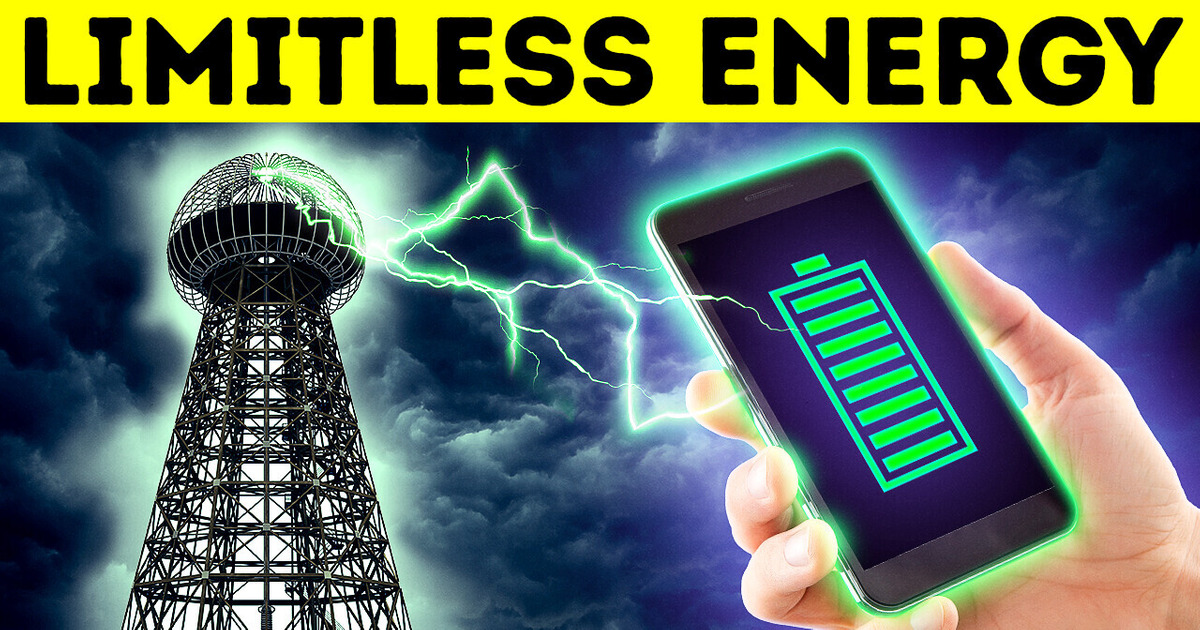
You walk around the pond and take pictures of swimming ducks. Suddenly, you notice that your phone’s battery is low. You press a button on the side of the gadget, and it starts using air to charge its battery. You sit in your electric car and drive a few miles.
There are no gas stations or any other charge points around. You don’t need to charge your vehicle because it’s already filled with energy. It gets it straight out of the air. Anywhere in the world, you have a mobile connection and free internet.
You have long forgotten about wires, outlets, and USB connectors. All devices are powered by electricity taken from the air, and your body doesn’t get harmed. There are large towers in every city. They produce invisible electrical currents. Energy is everywhere, and there is an infinite amount of it.
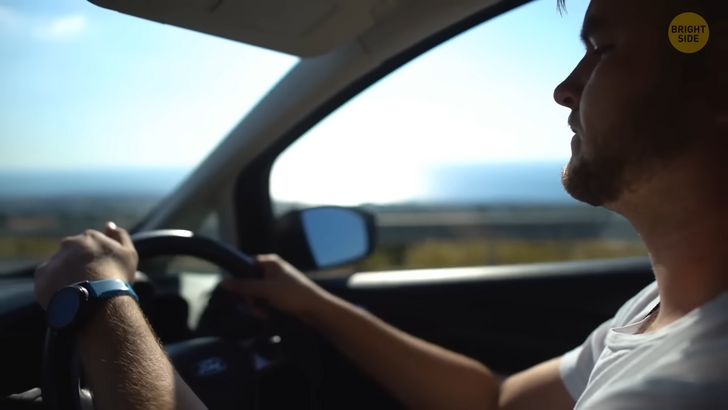
Brilliant inventor Nikola Tesla saw this picture while dreaming about an ideal modern world. And at the very beginning of the 20th century, he tried to build it. The scientist wanted to create a unique system capable of sending electricity all over the world without wires.
To do this, in 1901, he began building one of his most ambitious projects — the Wardenclyffe Tower. Its height was 187 feet, slightly more than half of the Statue of Liberty. The tower looked a bit like the Eiffel Tower — it was also made of steel and got narrower closer to the top. There was a wide circular platform at its peak surrounded by steel cables and wires.
Also, the tower went deep underground. An iron tunnel system was built there, resembling the roots of a giant tree. However, no one knows for sure whether Tesla really built those labyrinths under the tower or not. Anyway, this gigantic structure had to transfer power for many miles.
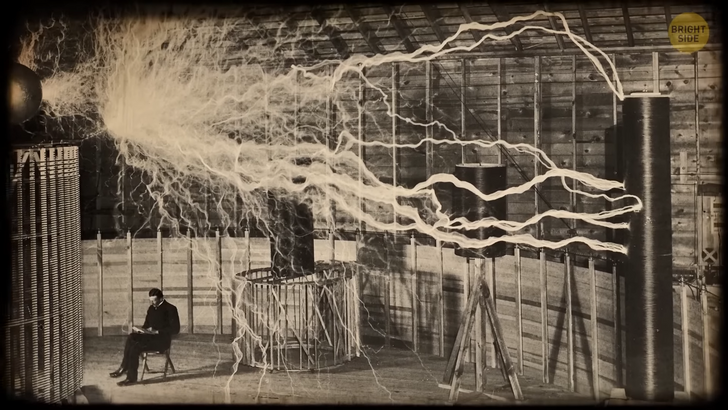
Initially, Tesla conducted experiments on the transmission of electricity through the ground. Perhaps, he thought that if you built a special device, you could transfer this electricity to the air. The scientist needed finances to test his ideas. He found an investor — JP Morgan investment bank — and asked for $150,000. Now it seems an insufficient amount for such a project. But in 1901, it was a lot of money, equivalent to about $5.2 million today.
At the same time, Italian inventor Guglielmo (guid-El-mo) Marconi demonstrated his wireless telegraphy system — he managed to send messages from a ship to land. But Tesla told his investors that his invention would be able to provide telephone communication between two points in any part of the world. Of course, this impressed them, and Tesla began to build his project.
He started working on his project in 1901 on Long Island. His plans included building about 30 towers and installing them all over the world. Unfortunately, Tesla didn’t know that his invention wouldn’t work. Modern scientists have read the scientist’s diaries and examined his drawings and concluded that the Wardenclyffe Tower couldn’t provide enough energy even for the simplest devices.
The tower had to produce much more electricity to ensure that at least a few nearby phones worked. Plus, the high voltage could be harmful to the human body and the environment. Tesla also needed to build more than 30 towers. All this required gigantic energy consumption. Such a system was impractical and financially unprofitable. During the construction of the tower, Tesla needed even more money, but JP Morgan refused to finance the project.
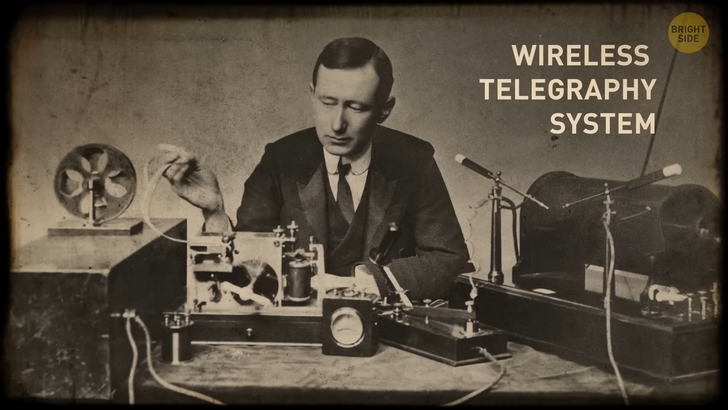
Locals claimed that electric sparks flew off the tower several times. Luckily, it didn’t emit any damaging energy into the atmosphere. With no funding, Tesla had to mortgage his real estate to continue the project. But the tower turned out to be just a massive pile of steel. In 1917, a new owner bought it. He cut it into pieces and sold it for scrap.
After the failure of the Wardenclyffe project, Nikola Tesla continued to create other inventions. He had been fascinated by flying since childhood. He wanted to develop a supersonic passenger plane, using his electrical and mechanical engineering knowledge and skills. At the beginning of the 20th century, it seemed absolutely unrealistic.
Tesla didn’t want his invention to be fueled. He planned to create electric stations to charge the plane wirelessly! Their advantage would be a practically unlimited power supply. Tesla wanted to use this boundless energy. The main feature of such a plane? Passengers would be able to fly over great distances at supersonic speed.
In 2022, a direct flight from London to New York takes about 7 hours. Tesla, in 1919, wanted this time to be reduced to three hours. He published the idea of a supersonic plane in a local magazine. Unfortunately, it didn’t go beyond its pages.
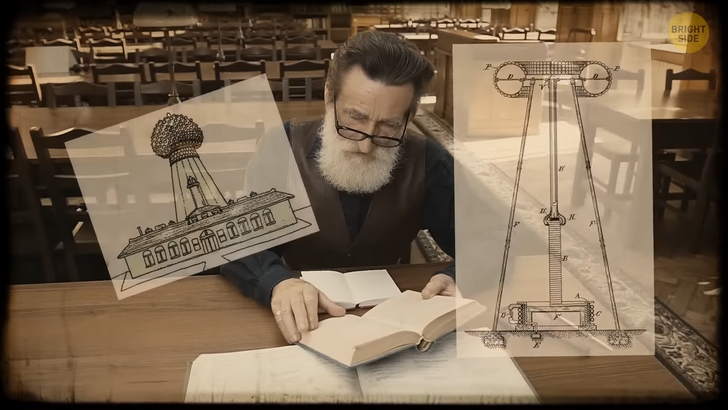
One of Tesla’s most bizarre but, at the same time, impressive inventions was the Earthquake Machine. The scientist accidentally created a mechanism that could produce tremors and trigger strong earthquakes. Initially, Tesla built a complex steam-powered mechanical oscillator. It vibrated and moved up and down like a hammer to generate electricity.
In 1893, he patented this device and tested it for several years, systematically increasing its power. He once tested it in New York, inside a large building. He was changing the settings and heard a crashing sound. The device caused a small earthquake! As a result, all the heavy machinery inside the laboratory fell to the floor and broke.
At that moment, Tesla grabbed a hammer and smashed the device. He was scared this machine could destroy all buildings with strong tremors. After the incident, an ambulance and police immediately arrived at the scene. Tesla asked his assistants not to talk about the device. He told the police that it was an ordinary earthquake.
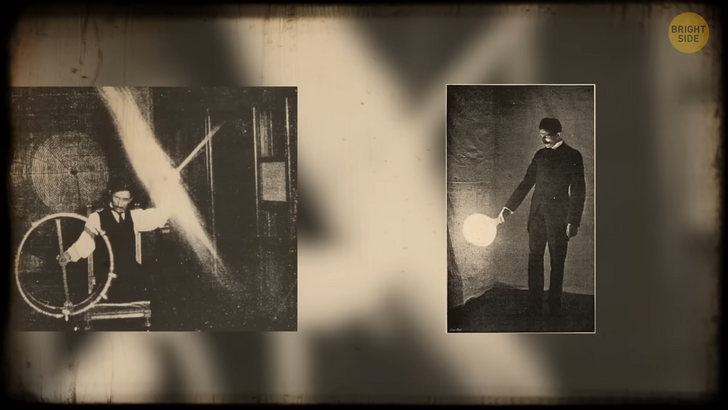
Many tech companies continue to improve photo and video cameras so that people can capture the surrounding world in detail. At the end of the 19th century, Tesla was thinking differently. He wanted to create something that could photograph the inner world. He came up with a Thought Camera.
It was supposed to work like this: You imagine a picture in your head and then mentally photograph it. After that, you print the picture on a printer. Tesla assumed that any mental image in your mind was projected on your retina. And he believed it could be transferred from there.
The inventor wanted to create an artificial retina, like a lens, to project images created by the human mind onto it and then transfer them to the screen. Imagine if Tesla had created this technology. How would it develop further? Would we have the ability to read thoughts and record our dreams?
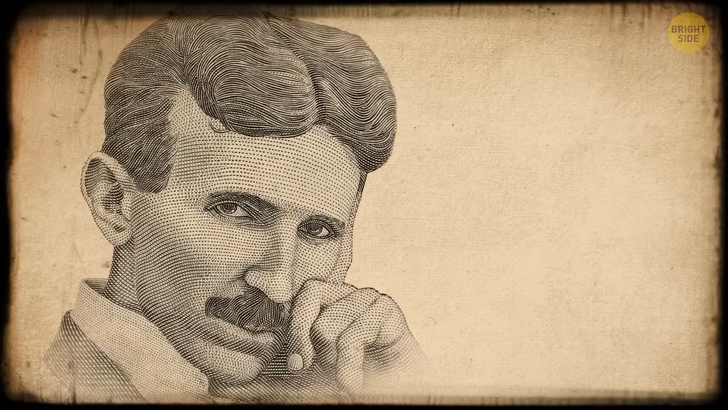
Now, how about we talk about Nikola Tesla’s most famous invention — the Tesla coil. You’ve all probably seen this shiny ball that sends electric charges in all directions. It looks pretty impressive. But in fact, this device is pretty useless. On the other hand, it changed people’s idea of electricity.
A Tesla coil consists of two parts — a primary and a secondary coil. Each part stores electrical energy like a battery. The primary coil is connected to a power source, which powers the entire system. The charge is so strong that it overcomes the air resistance in the space between the two coils.
This creates a magnetic field. It collapses and generates an electric current in the second coil. A spark sweeps between the coils. It moves from one coil to the other at a rate of several hundred times per second. The energy charges the second coil, which produces electricity in the form of a beautiful flash, similar to a lightning bolt.

When Tesla first showed this machine to people, everyone was shocked. For them, it was absolute magic. Even now, the Tesla coil looks pretty impressive. This invention not only helped to make a technological leap but also influenced culture.
Many directors have used the image of a Tesla coil in science fiction films. People began to use the Tesla Coil technology in televisions, radios, and other electrical appliances. The inventor showed that electricity could be as material as water, fire, and soil.











